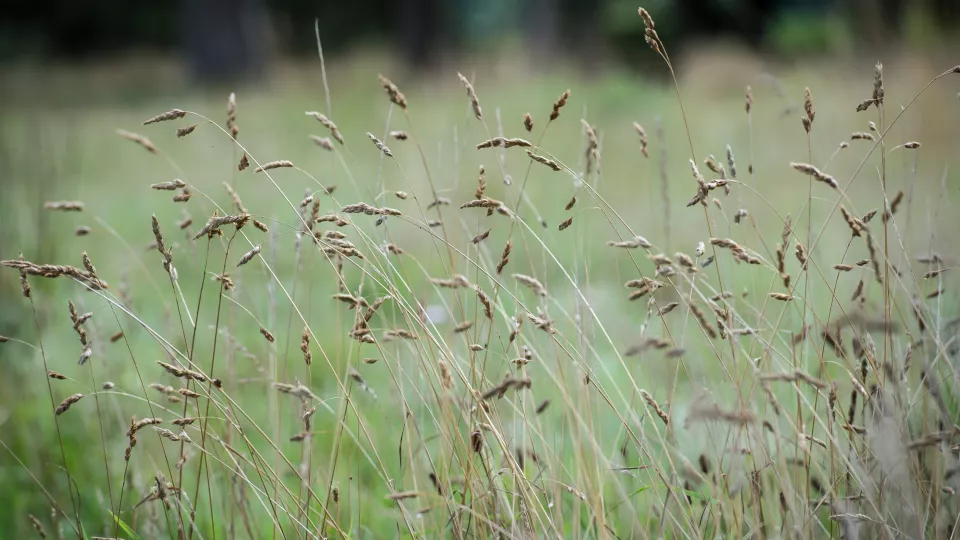
Grassland
Flower-rich grasslands, once a part of every farm, are part of our culture. Most have developed alongside humans because of livestock grazing and cutting for hay. Many have archaeological and historical features.

Flower-rich grasslands, once a part of every farm, are part of our culture. Most have developed alongside humans because of livestock grazing and cutting for hay. Many have archaeological and historical features.

The dazzling silver-studded blue is a rare butterfly of heathland habitats, mainly in southern England. It has undergone severe population declines in recent years.

The white-letter hairstreak gets its name from the white lines that form a 'W' shape on its underside. It is an elusive butterfly, spending much of its time in the treetops.

The brown hairstreak is an elusive butterfly that spends much of its time in the treetops feeding on aphid honeydew.
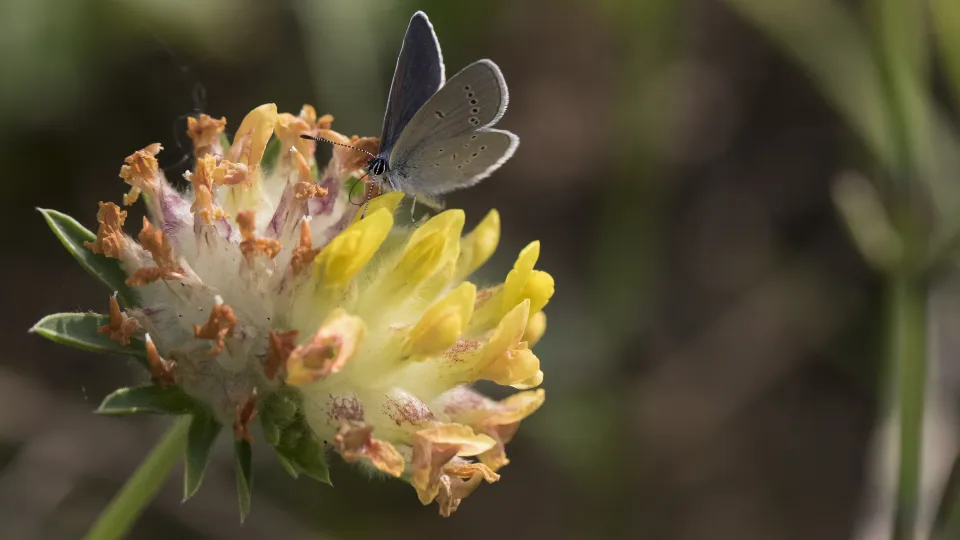
The small blue's name is a little misleading: it is our smallest butterfly, but only shows a dusting of blue on brown wings. It is scarce, occurring on chalk grassland, mostly in southern England.
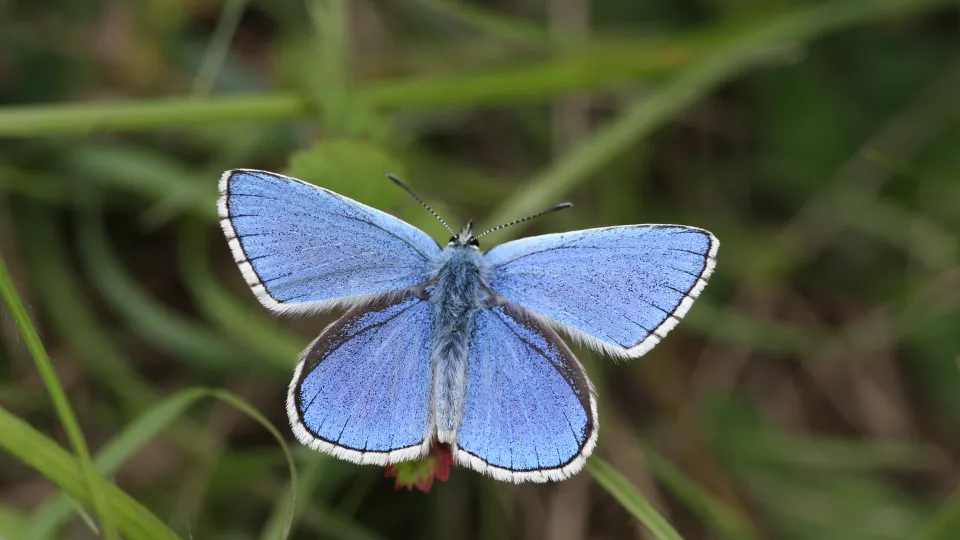
The rare Adonis blue can be spotted on sunny chalk grasslands throughout summer. Males are a dazzling sky-blue in colour, while females are duller brown.
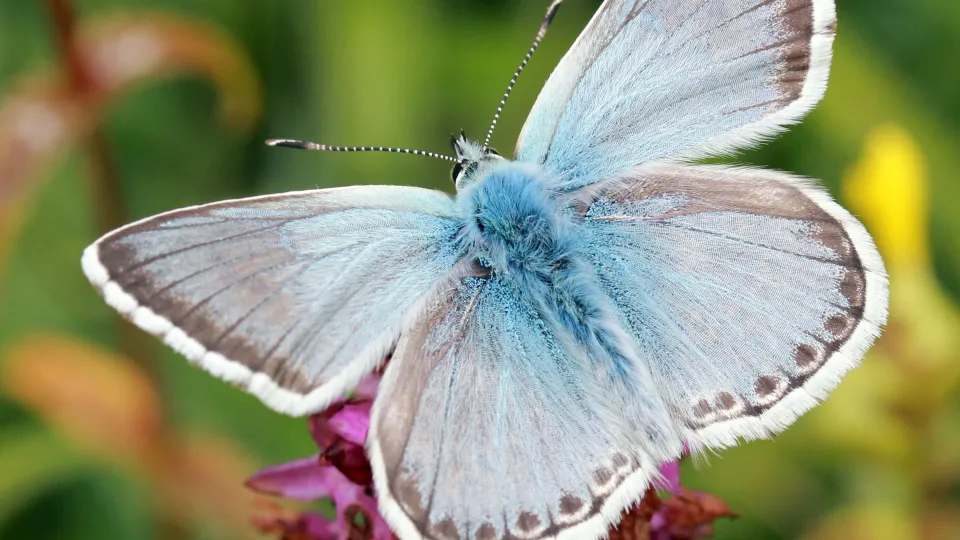
Unsurprisingly, the chalkhill blue can be found on sunny, chalk grassland sites in southern England. Clouds of this beautiful blue butterfly may be seen fluttering around low-growing flowers.

The black hairstreak is a rare butterfly that is restricted to woodlands and hedgerows containing blackthorn - the foodplant of the caterpillar. It is both elusive and hard to tell apart from other hairstreaks.
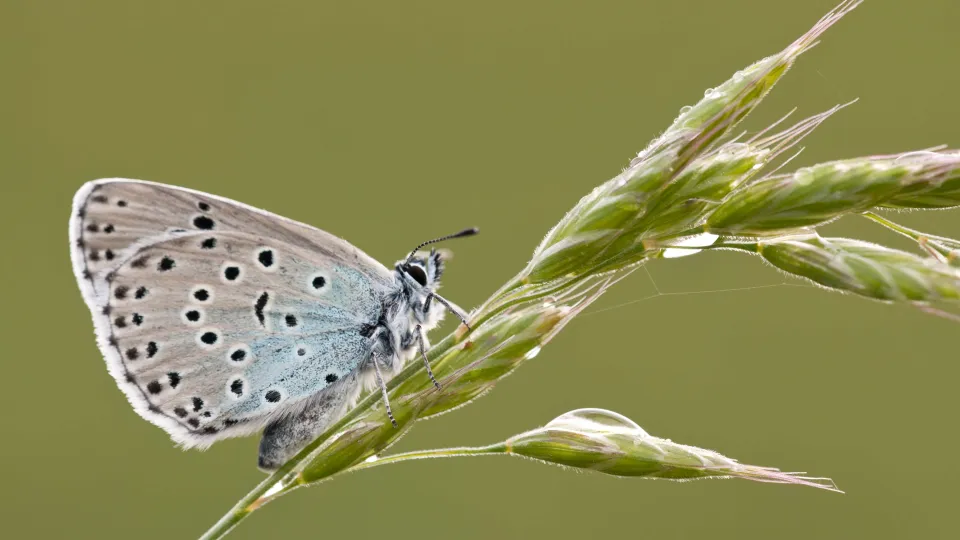
Despite its name, the large blue is a fairly small butterfly, but the largest of our blues. It was declared extinct in 1979, but reintroduced in the 1980s and now survives in southern England.
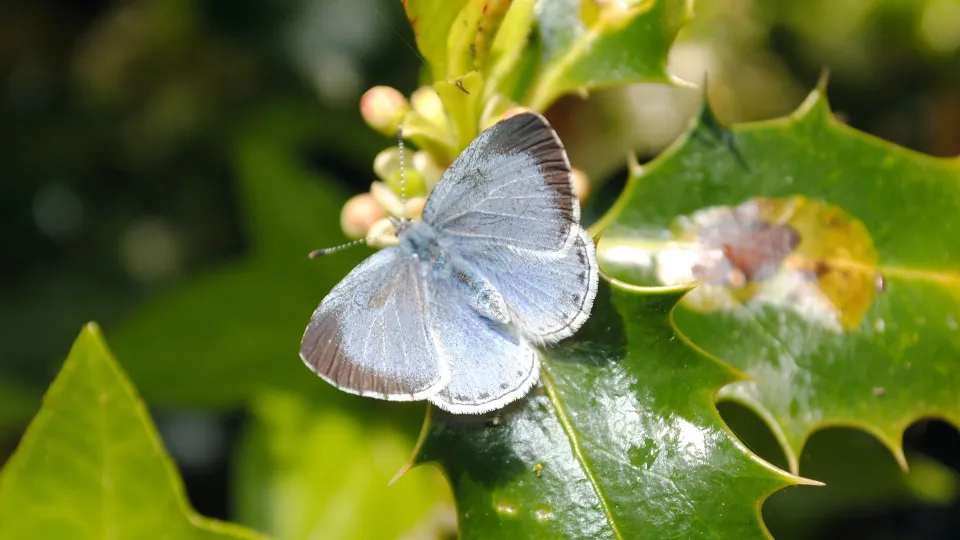
Look out for the small Holly Blue in your garden or local park. It is the first blue butterfly to emerge in spring, and a second generation appears in summer. The caterpillars are fond of holly and ivy.